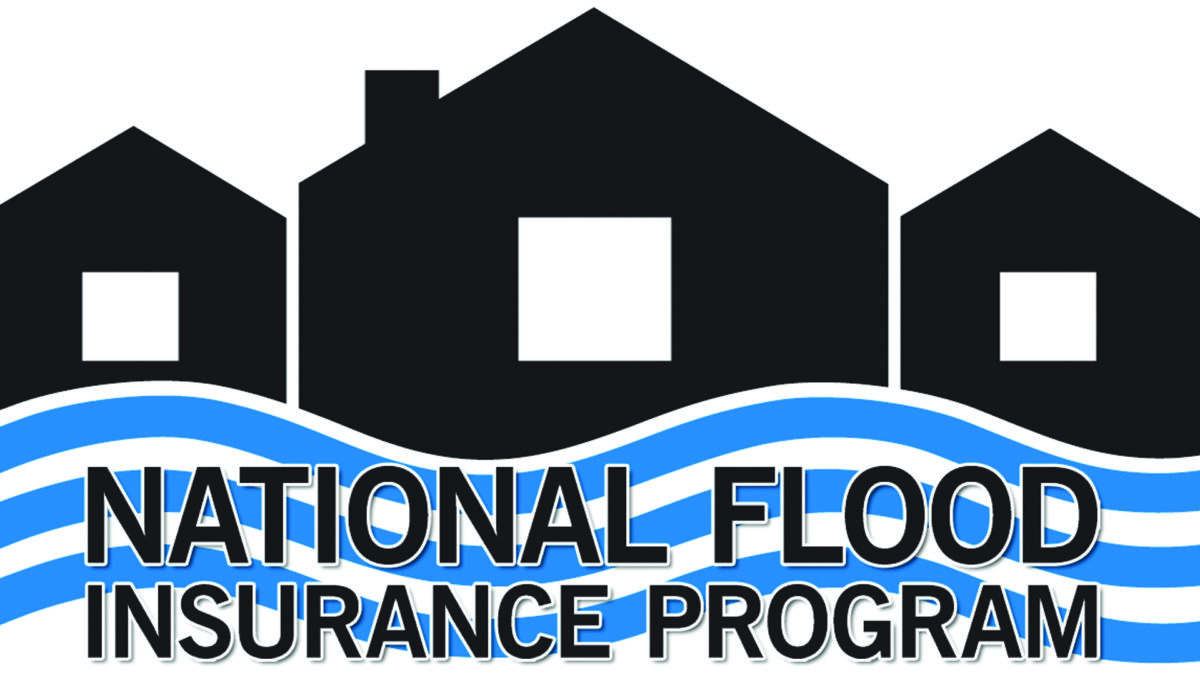Summer Home Prep in 5 Steps
Happy 1st Day of Summer! With a new season, comes new - and important - home tips. These tips will help lower cooling costs, prevent hot-weather mishaps and make sure you and your family are prepared for the hot weather. Summer is a time to embrace the heat or hide away from it in the AC - either way you should enjoy your home, not sweat over it. So here are 5 tips that take preventative action to help your home withstand the hot, humid days to come.
1. Take Care of Cooling Equipment
If you have central AC, change your filter. A dirty filter spreads dust, dander, and other pollutants into the home. It also increases the chances of your AC unit breaking or having condensation build up. You should also replace the filter at least every 90 days and more often during periods when there’s a lot of pollen and mold in the air.
It’s also important to have your central AC system professionally serviced at least once a year. While you should change the filter and inspect the unit every 90 days, a trained technician will be able to do more in depth inspection, like check the refrigerant levels and making sure the coil has enough charge. This annual inspection could cost between $100 and $300, but is important for the longevity and efficiency of your AC unit.
Don’t have central AC? There is still maintence you need to do! If you have window ACs in your home guess what? They have filters, too. Remove and clean them with soapy water a couple times throughout the cooling season.
2. Keep Humidity and Air Pollutants in Check
Summer weather and high moisture in the air creates the ideal conditions for dust mites, mold, and other allergens in your home. To prevent this, the U.S. Environmental Protection Agency recommends you keep humidity levels below 60 percent, ideally between 30 and 50 percent.
If you have an area more prone to high moisture levels, like a basement, a stand-alone dehumidifier can help. Of if you live in a very humid region, it’s worth investing in a whole-house dehumidifier, which can be tied into an existing forced-air heating and cooling system or installed independently.
3. Be Prepared for Extreme Weather
Summer brings more than extreme heat - depending on where you live it can bring hurricanes or tornados. Some ways you can be prepared are to have a backup power generator (standby or portable).
Summer storms can strike unexpectedly and FEMA advises that every home should have an emergency kit with 72 hours’ worth of supplies. “The kit should include water (3 gallons per person), non-perishable food, a battery-powered or hand crank radio, a flashlight with extra batteries, a first-aid kit, dust masks, a whistle to signal for help, and a wrench or pliers to turn off utilities”
A not so obvious tip is to make sure that your home’s gutter system is working properly and doesn’t have any clogs, debris, and signs of rust or corrosion. This is important to inspect so when the summer storms hit, the gutters can properly channel heavy rains away from your home and prevent flooding.
4. Inspect for Summer Pests
Summer is the prime season for termites and carpenter ants. This being that both love moist soil and rotting wood. This is another reason to keep your gutters in working order! Also be sure to keep mulch, firewood, and dense shrubbery away from your home’s foundation.
Some tell-tale signs to look for if you think the pests have already made their way into your home is to a) look for piles of sawdust along baseboards—that means you have carpenter ants or b) you notice small wings along windowsills, walls, and other entry points – this is a sign of termites.
Other common summer pests are mosquitoes and ticks. The best way to get ride of them is to eliminate their breeding grounds. Mosquitoes need standing water, so take caution with small ponds and pools, birdbaths, empty gardening pots, etc. On the other hand, ticks thrive in tall grass, so if you have a lawn, be sure to mow it regularly.
5. Start rotating your ceiling fans counterclockwise
Running your ceiling fans counterclockwise in the summer allows it to push down cool air instead of vice versa. It also helps draw moisture out of the air and decrease humidity levels in your home.
If you keep running your ceiling fans counterclockwise at the same time you are running your air conditioning, this could also help cool your home more efficiently and save some $$$. And run fans at a low speed because this will provide a comfortable downdraft and help redistribute cool air throughout the room.






